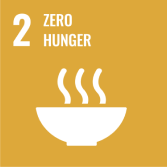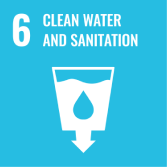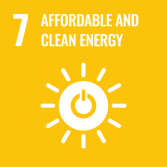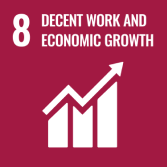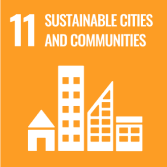Marine
Synechococcus and
Prochlorococcus are picocyanobacteria predominating in subtropical, oligotrophic marine environments, a niche predicted to expand with climate change. When grown under common low light conditions
Synechococcus WH 8102 and
Prochlorococcus MED 4 show similar Cytochrome b
6f and Photosystem I
[...] Read more.
Marine
Synechococcus and
Prochlorococcus are picocyanobacteria predominating in subtropical, oligotrophic marine environments, a niche predicted to expand with climate change. When grown under common low light conditions
Synechococcus WH 8102 and
Prochlorococcus MED 4 show similar Cytochrome b
6f and Photosystem I contents normalized to Photosystem II content, while
Prochlorococcus MIT 9313 has twice the Cytochrome b
6f content and four times the Photosystem I content of the other strains. Interestingly, the
Prochlorococcus strains contain only one third to one half of the RUBISCO catalytic subunits compared to the marine
Synechococcus strain. The maximum Photosystem II electron transport rates were similar for the two
Prochlorococcus strains but higher for the marine
Synechococcus strain. Photosystem II electron transport capacity is highly correlated to the molar ratio of RUBISCO active sites to Photosystem II but not to the ratio of cytochrome b
6f to Photosystem II, nor to the ratio of Photosystem I: Photosystem II. Thus, the catalytic capacity for the rate-limiting step of carbon fixation, the ultimate electron sink, appears to limit electron transport rates. The high abundance of Cytochrome b
6f and Photosystem I in MIT 9313, combined with the slower flow of electrons away from Photosystem II and the relatively low level of RUBISCO, are consistent with cyclic electron flow around Photosystem I in this strain.
Full article

